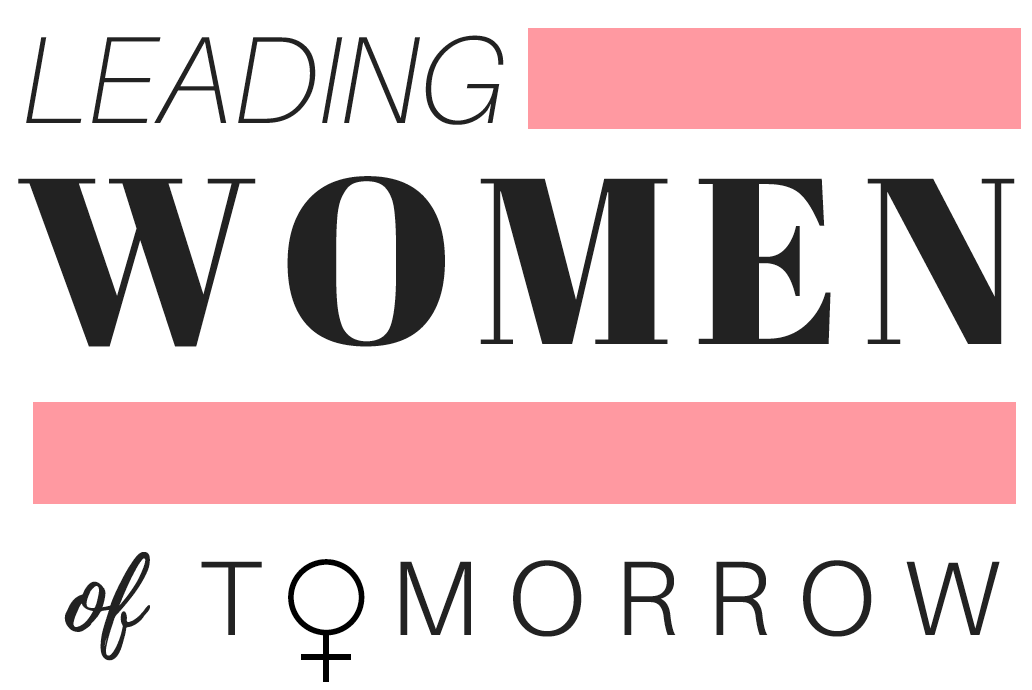The Oscars’ New Diversity Standards: Will There Be An Impact?
(Image credit: Oscars Website, www.oscars.org)
Last week the Academy of Motion Picture Arts and Sciences introduced new mandatory diversity standards for films to qualify for Best Picture Oscar nominations effective in 2024. Films will have to meet the new standards in two out of four outlined categories: on-screen representation, audience development, creative leadership and project team, and industry access and opportunities. These standards are designed to increase the representation of women, racial or ethnic groups, the LGBTQ+ community and people with physical or cognitive disabilities.
Predictably, there has been criticism against the Academy’s announcement. Some have claimed these new standards are controlling or stifling the creativity of writers and producers. But is that the case, since these new standards apply only to one of the 23 categories at the Oscars (Best Picture)? Best Picture is one of 23 categories at the Oscars. Academy President David Subin and CEO Dawn Hudson said in their statement, “We believe these inclusion standards will be a catalyst for long-lasting, essential change in our industry.”
Ideally, the requirements will inspire greater representation throughout the film industry. However, because the categories are so broad, and the films only have to meet two categories, qualification is not that difficult. Personally I think they represent the bare minimum, and films that are not already meeting these standards are an embarrassment.
To me, the largest shortcoming in these new standards is that movies don’t necessarily have to represent marginalized groups in the eyes of the public to be nominated. Only one of the four categories focuses on who is being portrayed to an audience. I like watching movies, I get excited about new movies coming out, and occasionally root for movies I liked during the Oscars. But I, like many movie watchers, don’t necessarily notice or think about the people that put the movie together, or create the advertisements. Not to say these individuals are not important and deserve representation, just that the average person thinks mostly about the actors and actresses in a movie, the visual representation. Of course the film industry could use some help uplifting underrepresented individuals into positions of creative leadership or providing students with internships.
I believe these standards set important groundwork for increased awareness of diversity behind the scenes. Equally important is true emphasis on telling the stories of underrepresented groups on screen. It’s important for the children who have never seen someone like themselves on screen, for the people that only see themselves portrayed through the eyes of a Western white man, and for anyone who believes the stories told on screen should represent the diverse world we live in.
These new standards set out by AMPAS are not going to really challenge the status quo. Time Magazine looked at several films from the last year to see how they would stack up. One in particular truly shows just how easy and flexible the requirements are. The Two Popes stars two white men, and was directed and written by white men. However, it has women leading the hair and makeup design and women in upper levels of publicity. It would be eligible for Best Picture under these new standards. With so much flexibility, movies could easily meet the qualifications without really having an impact on the status quo.
With the standards so broad and requirements so easy to meet, the actual change that may arise from this announcement is questionable. Could it be largely a publicity stunt? Or will it signal investment in more diverse stories? Time will tell.
The full statement and outline of the diversity standards can be found on www.oscars.org.

